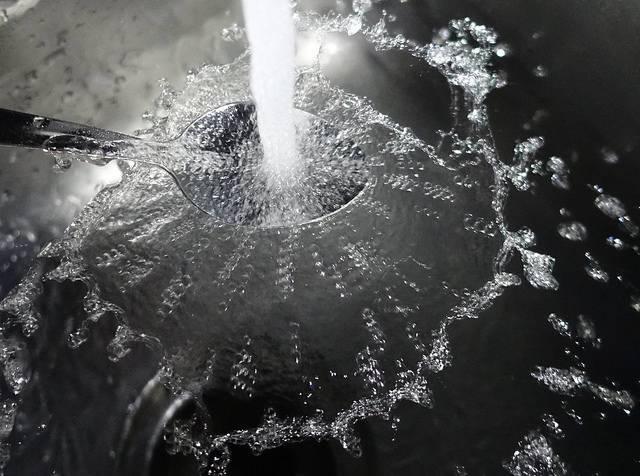
By: David Ehrenberg
Here’s something that should send a shiver down your spine. Water — that little thing that comprises 71 percent of the Earth and as much as 60 percent of the adult body — is seen as a scarce resource everywhere, not just in underdeveloped countries.
But the water business is also a cash cow that grosses nearly $600 billion annually servicing the agricultural, sustainability, and socio-economic sectors, among others. The increasing cost of clean water is becoming a greater source of contention between public and private entities and between the haves and have-nots.
While water tech companies exist to solve problems in agriculture, third-world country development, and sustainability, they themselves have interesting ethical dilemmas to navigate, namely this: How can we get clean water to everyone who needs it, rather than just those who can afford it?
Former Nestle CEO Peter Brabeck-Letmathe once said water isn’t a basic human right but a commodity that should be privatized and controlled. That opinion gains an added wrinkle when considering that Brabeck-Letmathe’s former employer gets a sweet discount pumping water out of western Michigan while the city of Flint, a couple of hours away, suffers a well-documented water contamination crisis.
But the former executive’s assertion also presents a sizable ethical conundrum: Should water be available to only the people who can afford it, and should that logic apply to other life-essential resources?
That’s a biggie of a problem for water tech companies, but it’s not the only challenge they’re up against. Water tech startups in Silicon Valley straddle the line between universal, affordable water and making water available to those who can afford it. These companies must reconcile profiteering from a public resource with the need for efficient and affordable delivery systems.
Plus, if water tech companies can balance growth targets with societal targets, who has access to the technology first? In most cases, those who need water technology the most are the least able to afford it. How long must they wait in line behind “paying customers” before their needs are addressed?
The ethical issues facing the water technology industry have the potential to deepen the economic wedge in society. But water tech startups also have the potential to balance the needs of consumers and money-making entities by working through the social issues. If technology is leveraged responsibly, water cleanliness’s future could be rosier than the doomsday proponents would have us believe. Here are a few routes to that destination:
- Invest in social equity. It is possible for profit-making enterprises to advance societal good. For founders, the challenge is twofold: making the societal component work within the business model and finding investors willing to include it in their portfolios.
The Victorian Desalination Project in Melbourne, Australia, supplies up to 150 billion liters of clean drinking water annually from a seawater desalination plant completed in 2012. A noble partnership between the Australian government and the private company AquaSure, the $3.5 billion project suffers from high running costs. This leaves the plant largely idle, an extravagance beyond the reach of poorer nations.
But the future is looking bright both for the water tech industry and those who need clean water. The price of water is expected to increase, and technology could make desalination highly profitable and affordable water more accessible as the price shifts.
- Get the community involved. Water is a concern for both public and private entities. Partnerships between tech startups and local governments to scale innovations can alleviate the need for rapid growth through private spending.
In California, agriculture uses 80 percent of the state’s water; in this arid land, tech startups such as Puresense and AquaSpy have wasted little time developing sensors and software to improve irrigation. The return on these investments has underwhelmed because the technology hasn’t gained traction in the agricultural arena, showing there’s still work to do.
- Invest in needy areas. Water tech companies can stimulate investment in the neediest parts of the world, where jobs and infrastructure can do more for populations than any “one for one” model such as TOMS shoe initiative.
ImagineH2O runs an accelerator that focuses solely on water tech. Since 2009, the group has worked with more than 650 startups in over 30 countries to create partnerships among utilities, corporations, investors, academic institutions, and associations.
So water tech companies have plenty of directions to take, such as targeting areas most affected by climate change. The Intergovernmental Panel on Climate Change predicts that “for each degree of global warming, approximately 7 percent of the global population is projected to be exposed to a decrease of renewable water resources of at least 20 percent.”
The water tech industry isn’t just facing an unfathomable opportunity to pursue equitable water access and services; it faces an ethical imperative to do so. Though it’s increasingly scarce, water is a resource tech startups are invested in improving for everyone who needs it.
TriplePundit has published articles from over 1000 contributors. If you'd like to be a guest author, please get in touch!














